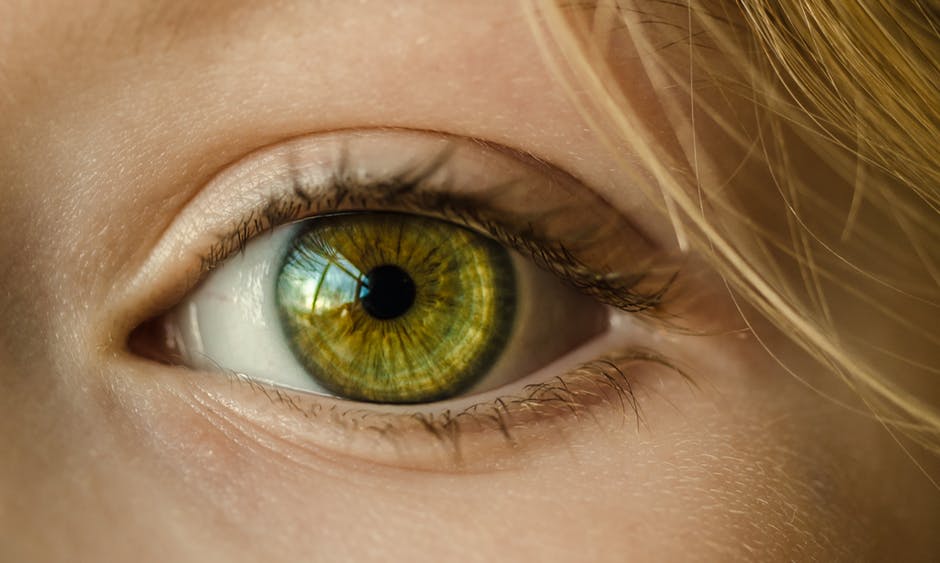How often do I need an Eye Test
A healthy adult is generally recommended to have an eye examination every 2 years even if it is felt that no spectacles are required.
Some eye conditions can only be detected by testing for them and can develop slowly and quietly so signs or symptoms may not always be obvious.
As Optometrists our main role is to test the eye for visual error which may be corrected by spectacles or contact lenses as well as screening for eye problems.

The following tests are performed as standard during the eye test.
Detailed History and Lifestyle
A discussion will take place to provide the Optometrist with information concerning your health and lifestyle background. This will allow us to tailor our recommendations to suit your needs.
Focimetry
A measurement of your spectacle power is taken to determine your current prescription strength.
Auto refraction
The auto refractor reads how light passes through your eye in order to help determine your baseline prescription.

Visual Acuity Testing
Measures the eye’s ability to see details at near and far distances. The tests usually involve reading letters or looking at symbols of different sizes on an eye chart. Your uncorrected visual acuity is what you see without glasses or contact lenses while your best corrected visual acuity is what you see with the optimum correction in place.
Refraction
Your Optometrist verifies your current prescription and compares this to your old prescription details to decide on the best CORRECTION now.
Slit Lamp Exam
This test uses a microscope and a small beam of light to examine your cornea under high magnification, as well as your conjunctiva, lids, iris and lens.

Retinal Exam
Here the Optometrist is assessing the health of your internal eye and in particular the retina. As a consequence of the drops used for the cycloplegic refraction an excellent peripheral view is achieved. Retinal Photography is used here when needed.
Ocular Muscle Assessment
A detailed review will be performed to assess the strength and flexibility of your eye muscles.
Tonometry
Used to measure your eye pressure. Soft eyes work better as it is easier to get blood into a soft eye. It is a key indicator in diagnosing the eye condition Glaucoma
AMD Screening (Macular Degeneration)
Macular Degeneration All so known as AMD,
